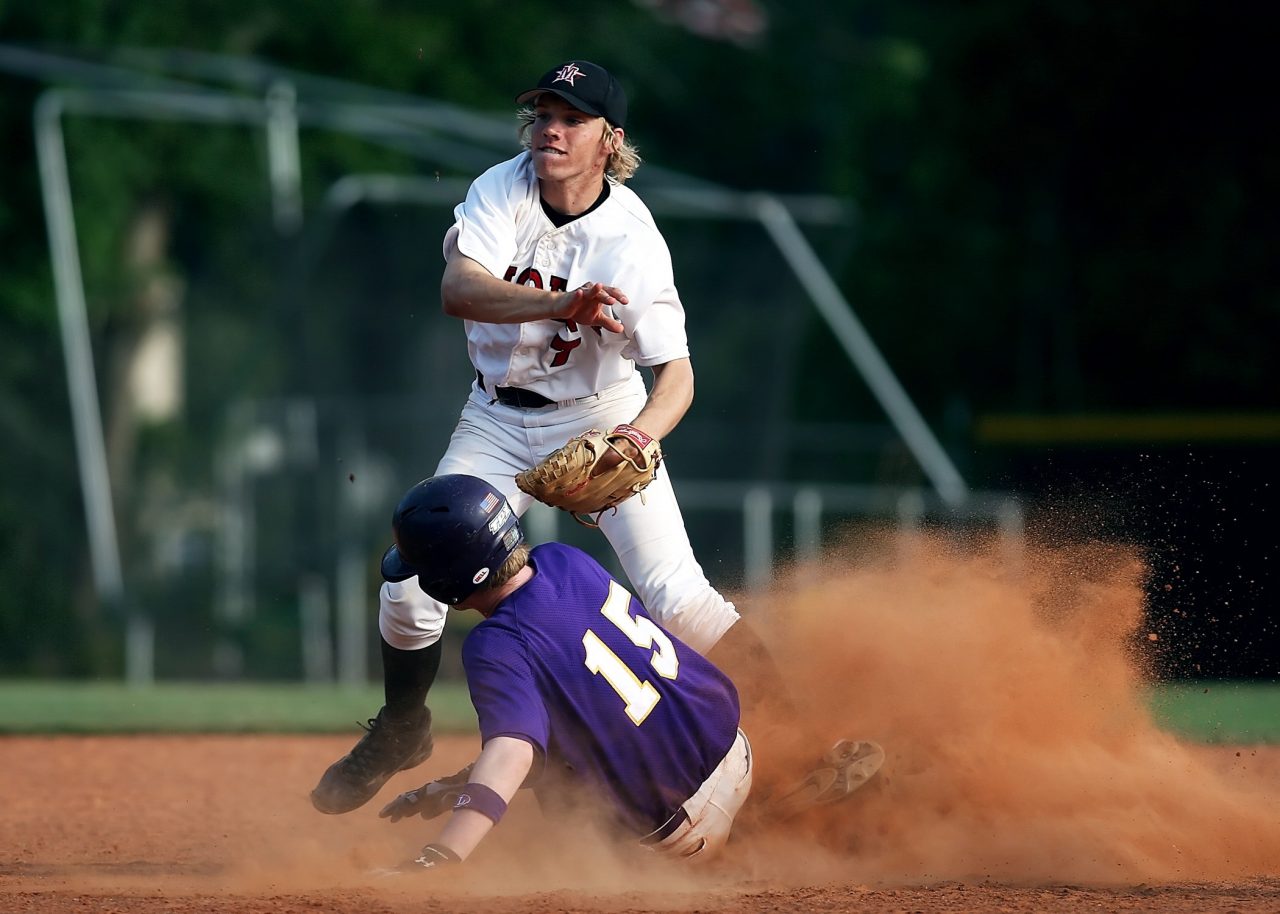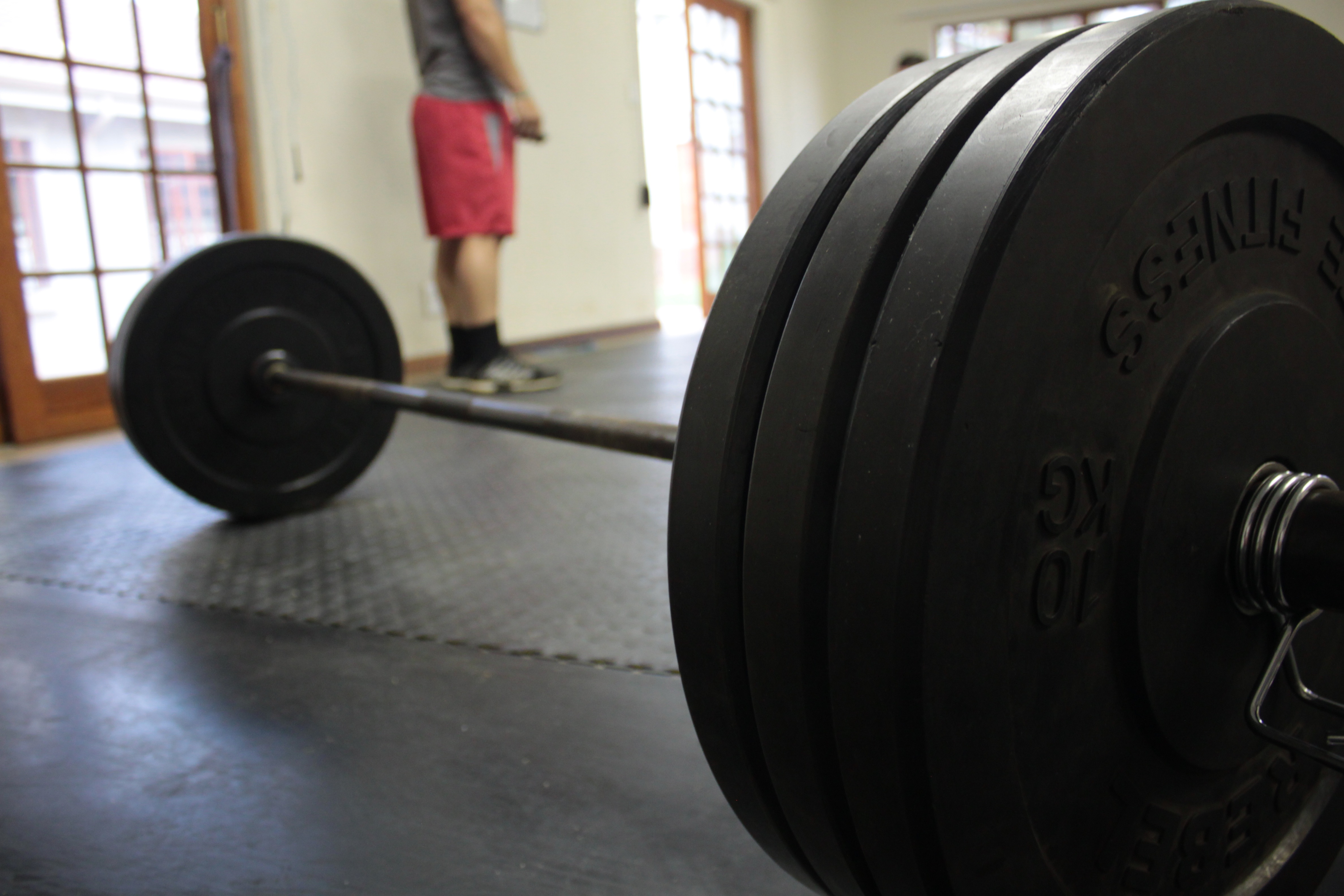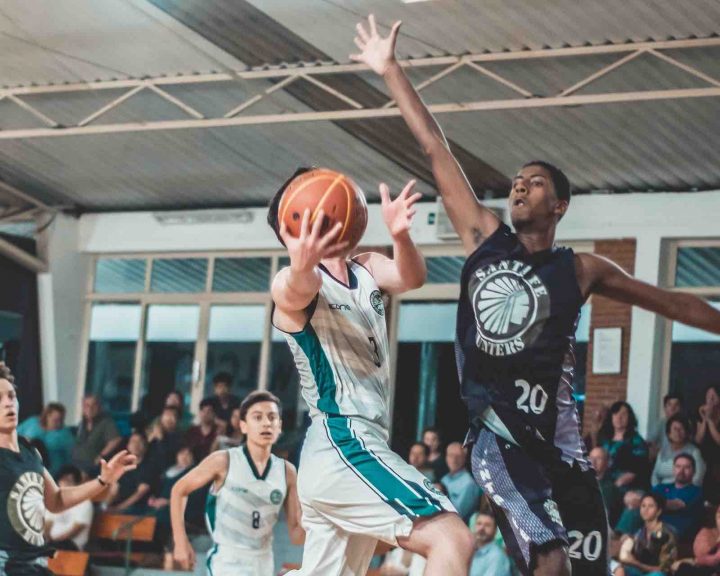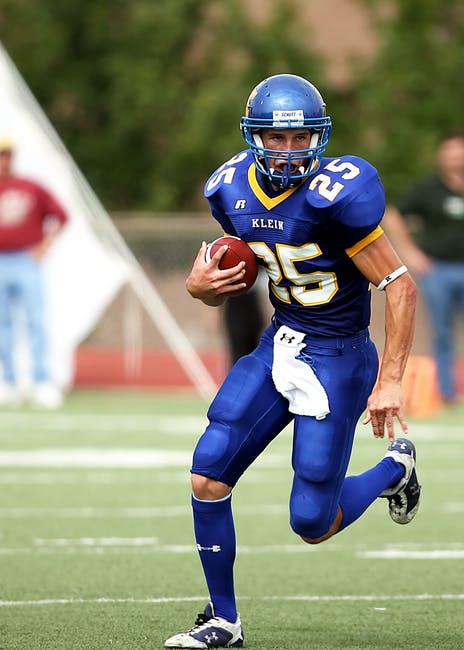Fielding is an important skill in youth baseball. While we’d for our pitchers to be able to strike out every batter, it’s not realistic. As I tell to many of the pitchers that I work with, trust your defense.
This can be a challenging thing to train during youth baseball practices. For many teams, training fielding looks like this: put players in defensive positions in the infield, call out the play (“Play’s at first!”) and then the coach hits ground balls to the players. Now, this is important – it’s important to train with the baseball being hit to athletes. But there are so many skills that have to be developed otherwise the athletes don’t profit from the experience.
With that in mind, this post is breaking up these skills into routine ground balls and non-routine ground balls. Routine ground balls are ones that the athlete can easily move in any direction and keep themselves lined up with the ball. For a non-routine ground ball, the athlete may have to chase it before being able to field it. With this post we’ll cover routine ground balls.
Routine ground balls:
- Keep the ball in front of you: I coach youth athletes to keep the ball lined up with their belt buckle
- Get your glove dirty: Huge problem with younger athletes – if you don’t get your glove dirty (I.e. touch the ground with it) there’s a great chance that ball will roll underneath your glove and keep going behind you.
- Use both hands on routine ground balls: first you keep control of the ball, second it makes for a faster exchange and throw.
- Make your “L”: yes there are exceptions to this, but not with a lot of youth baseball players. We can teach the exceptions in situational practice after the foundations have been established.
How to cover this in practice? One step at a time. First, emphasize being in an athletic position in the infield. Second, teach the athlete to keep the ball in front of them. Begin by rolling it straight to them. Then to either side. Then throw the ground ball to them, then to either side. Finally move to hitting.
Wait, what about getting the glove dirty, using both hands, and making your “L”? I like to coach these as the situations come up, it helps the athletes to remember it better and it keeps me from lecturing for 20 minutes before we get the skill (nobody hears you when you lecture).




